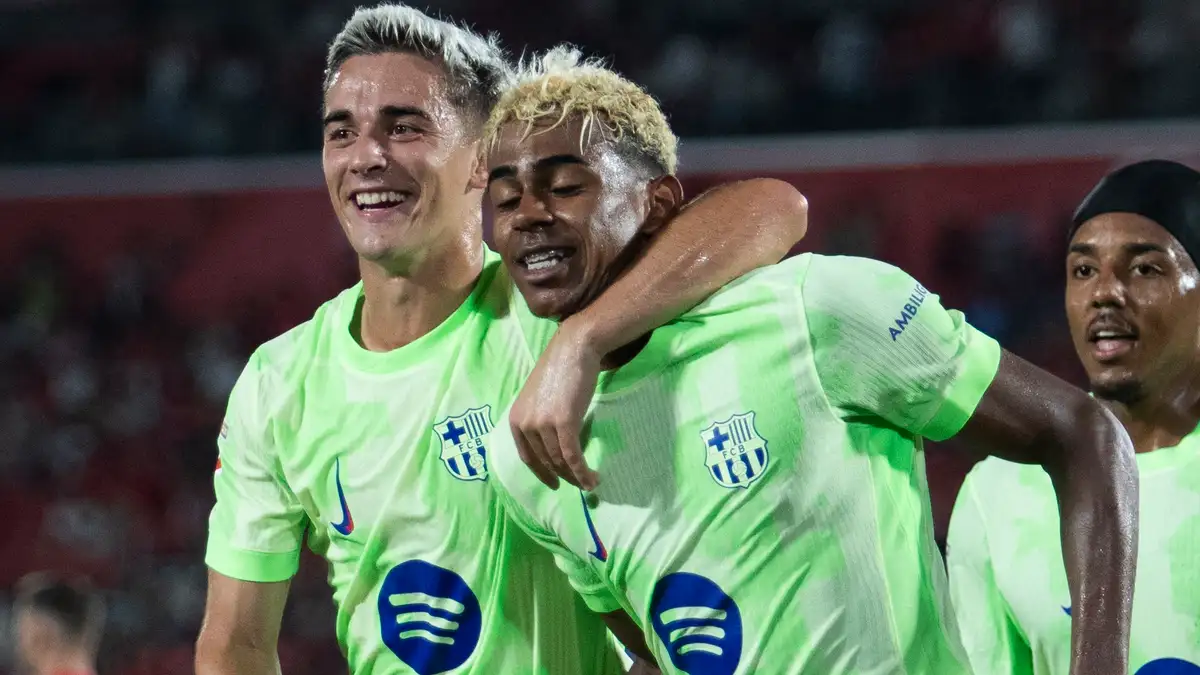
Explained: Why Barcelona May Have to Wear Last Season’s Third Kit for Second Time in a Row After Levante Clash
The Kit Conundrum Nobody Saw Coming
Barcelona, one of the most iconic clubs in world football, have always prided themselves on their image as much as their footballing philosophy. The Blaugrana stripes, the Nike-designed away kits, the constant buzz around each season’s fresh look — they all form part of the club’s global identity. Yet here we are, at the dawn of the 2025-26 campaign, with La Liga champions potentially forced to take the field in… last year’s third kit.
Yes, you read that correctly. For the second time in a row, Barcelona may be obliged to wear their lime-green 2024-25 third kit when they face Levante this weekend. What should be a minor detail has snowballed into one of the quirkiest stories of the new season, raising eyebrows among fans, journalists, and even rival supporters who love nothing more than teasing Barça when things don’t go according to plan.
What Happened?
The source of the confusion lies in La Liga’s stringent “Kit Selector” process. To avoid chromatic clashes and ensure the clearest possible distinction on television broadcasts, the league reviews every upcoming fixture and determines which kits each side is permitted to wear.
In Barcelona’s case, their three freshly unveiled kits for 2025-26 — the traditional blaugrana home, a modern away design, and a vibrant yet-to-be-released orange third strip — have all been ruled incompatible with Levante’s home colours. The ruling echoes what happened on opening weekend, when Hansi Flick’s men were forced to wear the same lime-green kit they used in last season’s Champions League semi-final defeat to Inter Milan.
So while fans were excited to see their heroes line up in something new, they instead saw familiar fluorescent tones carrying some bitter memories. And it looks like déjà vu is about to strike again.

RCD Mallorca v FC Barcelona – LaLiga EA Sports
The Bigger Picture: Why It Actually Matters
At first glance, it may seem trivial. After all, does it really matter what kit Barcelona wear as long as they’re winning games? But scratch beneath the surface and this story highlights the strange intersection of tradition, marketing, and regulation that defines modern football.
For supporters, a new kit signals a fresh start. It’s a tangible way of marking a new chapter, and for Barcelona — coming off a dramatic title-winning campaign under Flick — fans wanted to see their champions step out in designs that reflected optimism rather than nostalgia. Being forced to re-use a kit associated with a painful Champions League exit feels like reopening an old wound.
Commercially, it’s also a headache. Nike and the club invest heavily in kit launches, with carefully planned rollouts designed to maximise global sales. Delaying the debut of those kits, even by a few weeks, disrupts the narrative and potentially affects revenue.
And from a purely sporting point of view, the players themselves aren’t immune. Footballers are creatures of habit, and kits carry psychological weight. Flick might dismiss it as noise, but there’s no doubt that being constantly reminded of that loss to Inter through the lime-green strip isn’t exactly the motivational backdrop the squad had in mind.
Did You Know?
The kit in question has become something of a cursed relic among Barça supporters. That semi-final defeat against Inter at San Siro still stings — a night when the lime-green design became synonymous with missed chances and heartbreak. Fans had hoped to see the back of it forever, but instead, it’s making an unlikely encore.
In fact, it’s not the first time Barcelona have been stuck in a kit-related dilemma. Over the years, their away and third designs have occasionally clashed with opponents, forcing the team into less-than-ideal wardrobe choices. Yet rarely has it happened twice in a row at the start of a season, which is why this situation feels particularly absurd.
Why La Liga’s Rules Are So Strict
La Liga’s kit policies are more rigid than most leagues. The idea is to protect the “visual product,” ensuring viewers at home — especially those watching on smaller screens worldwide — can easily distinguish between teams.
This explains why Barcelona’s home kit, despite featuring its iconic deep blue and garnet stripes, was deemed too close to Levante’s colours. The same logic applies to the away and third kits, with chromatic contrasts failing to meet league standards.
It’s an issue of perception more than reality. Fans in the stadium might have no trouble telling the difference, but broadcasters and referees operate under stricter guidelines. And when television deals drive so much of modern football’s revenue, television tends to win the argument.
The Levante Clash: Déjà Vu in Valencia
When Flick’s men walk out at the Estadio Ciudad de Valencia, chances are they’ll be donning lime-green once more. It’s not what anyone at Barça envisioned when the fixture list dropped, but the regulations leave little wiggle room.
Supporters making the trip south are already resigned to seeing the old kit dragged out again, with many joking on social media that the lime-green shirt should be given “undefeated status” if Barcelona manage to keep winning in it. Humor aside, though, it underscores the frustration that comes from something as simple as colour combinations overshadowing the actual football.
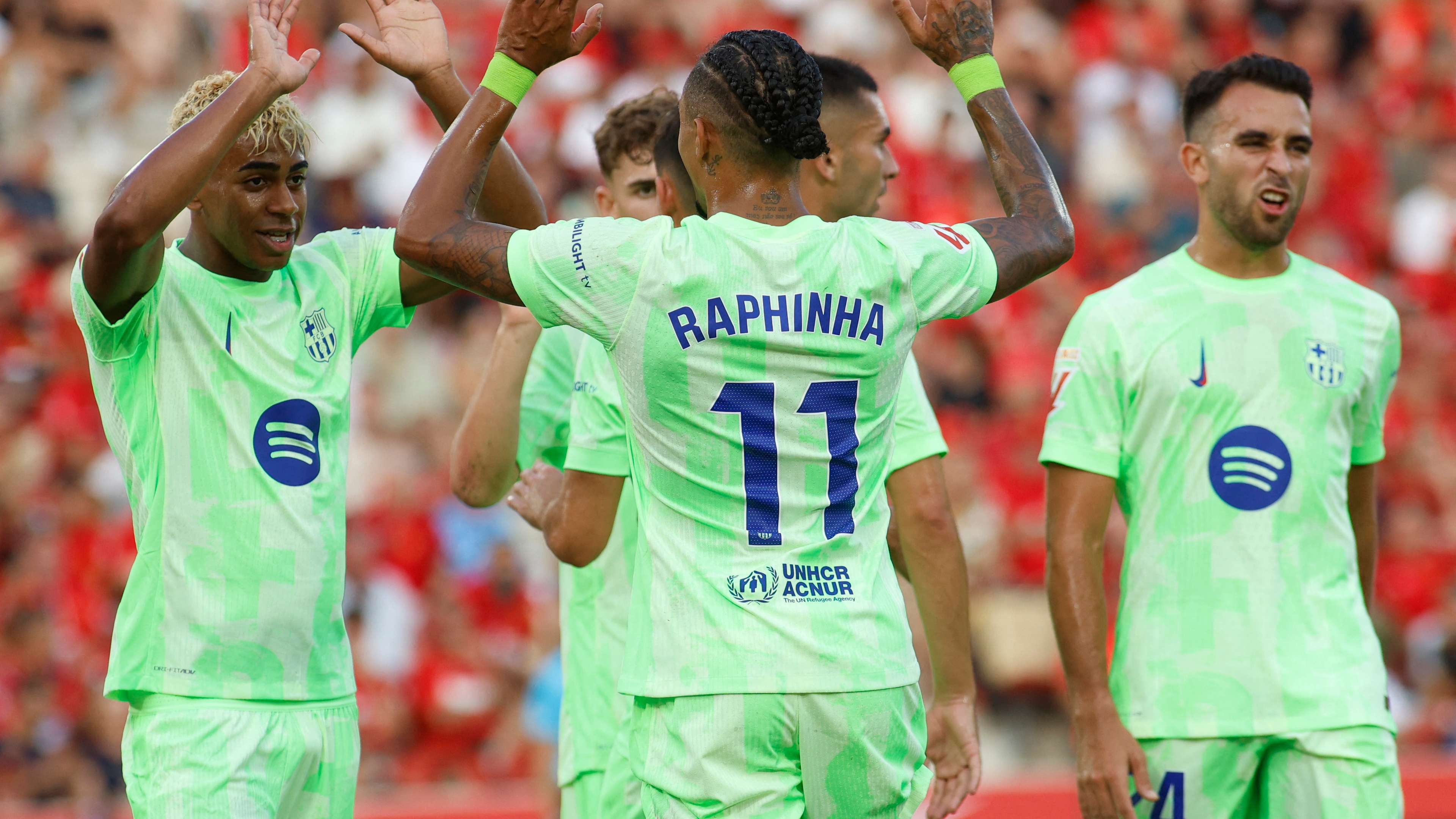
FBL-ESP-LIGA-MALLORCA-BARCELONA
What Next for Barcelona?
The hope is that the situation resolves itself in time for Barcelona’s third match of the season against Rayo Vallecano. Last year, Barça wore their home kit comfortably in Vallecas, so the expectation is that Flick’s side will finally get the chance to debut one of their new designs there.
Until then, however, the champions remain stuck in kit limbo. Fans who splashed out early for the new releases will have to wait a little longer to see them in action. Nike’s marketing department will be adjusting their timelines. And Barcelona’s players will continue to answer questions about their fluorescent attire rather than their tactical shape.
A Broader Question: Is This Really Necessary?
The debate goes beyond Barcelona. Should leagues really dictate such precise kit decisions? Some argue that referees and players are perfectly capable of distinguishing between colours, and that the rules verge on over-regulation. Others counter that global broadcasting demands clarity, and that any potential confusion must be eliminated before it becomes a problem.
For Barcelona, though, the philosophical debate offers little comfort. They just want to move on from last season, and their kits — whether we like it or not — have become part of the story.
Final Thoughts: A Quirky Story in a Serious Season
So, Explained: Why Barcelona may have to wear last season’s third kit for second time in a row after Levante clash boils down to a mix of regulations, colour clashes, and bad timing. It’s not the end of the world, but it’s also not ideal for a club that takes its image so seriously.
If anything, the episode serves as a reminder of how football’s smallest details can carry disproportionate weight. A shirt is never just a shirt — it’s history, branding, psychology, and identity all woven together. And for Barcelona, the longer they’re stuck in lime-green, the longer fans will feel like they’re playing catch-up with their own future.
One thing is certain: when they finally do debut their 2025-26 kits, expect a sense of relief that goes far beyond fashion.





















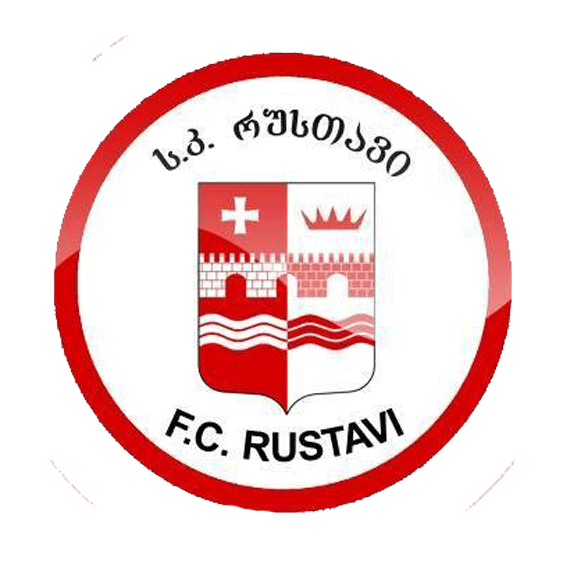
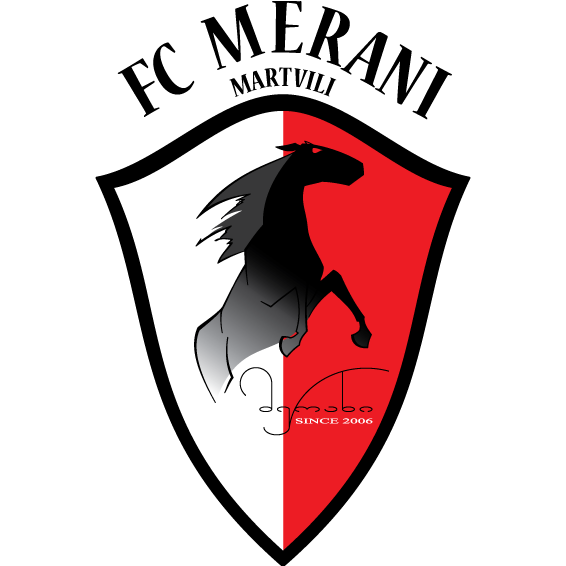




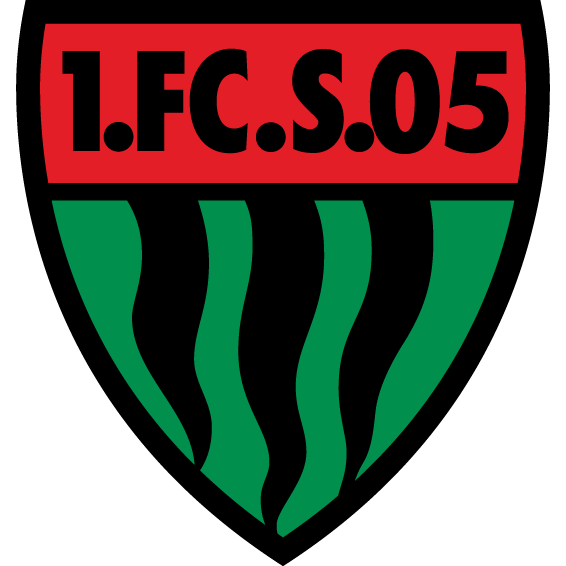





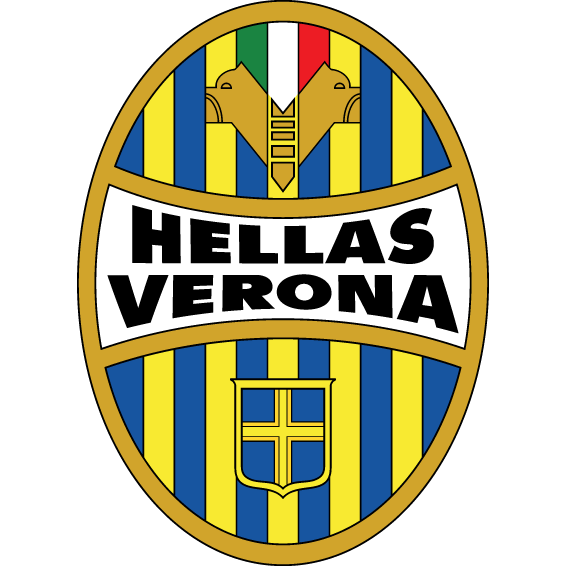

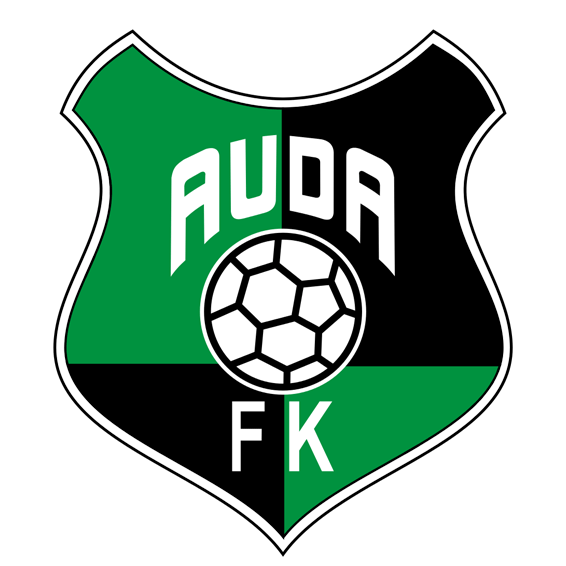












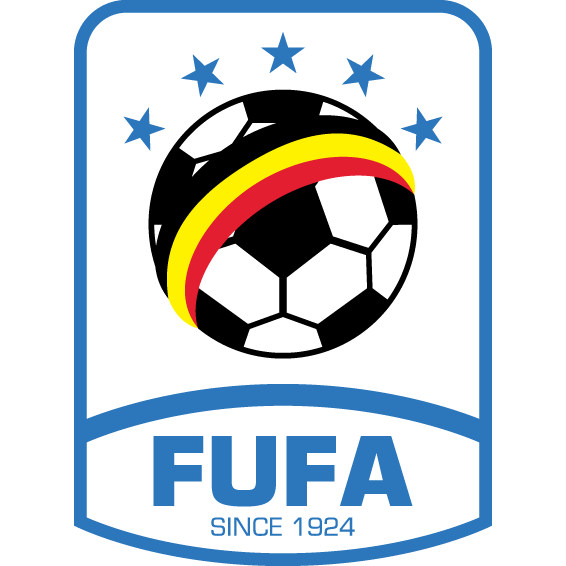

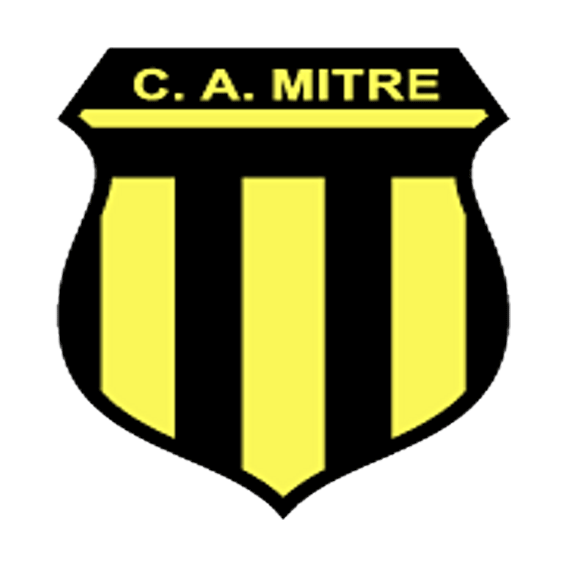





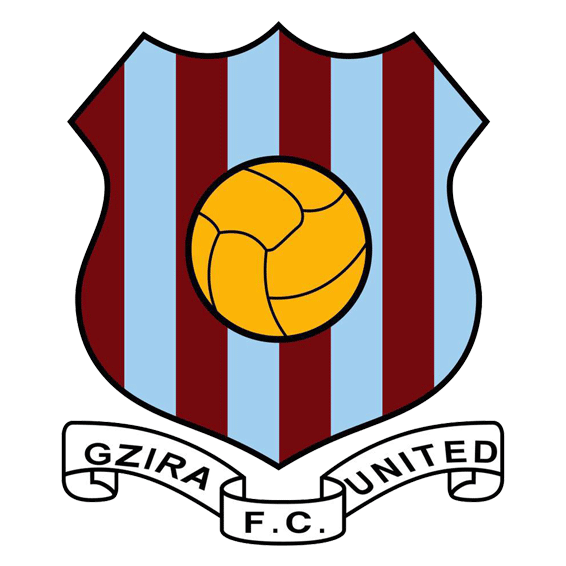











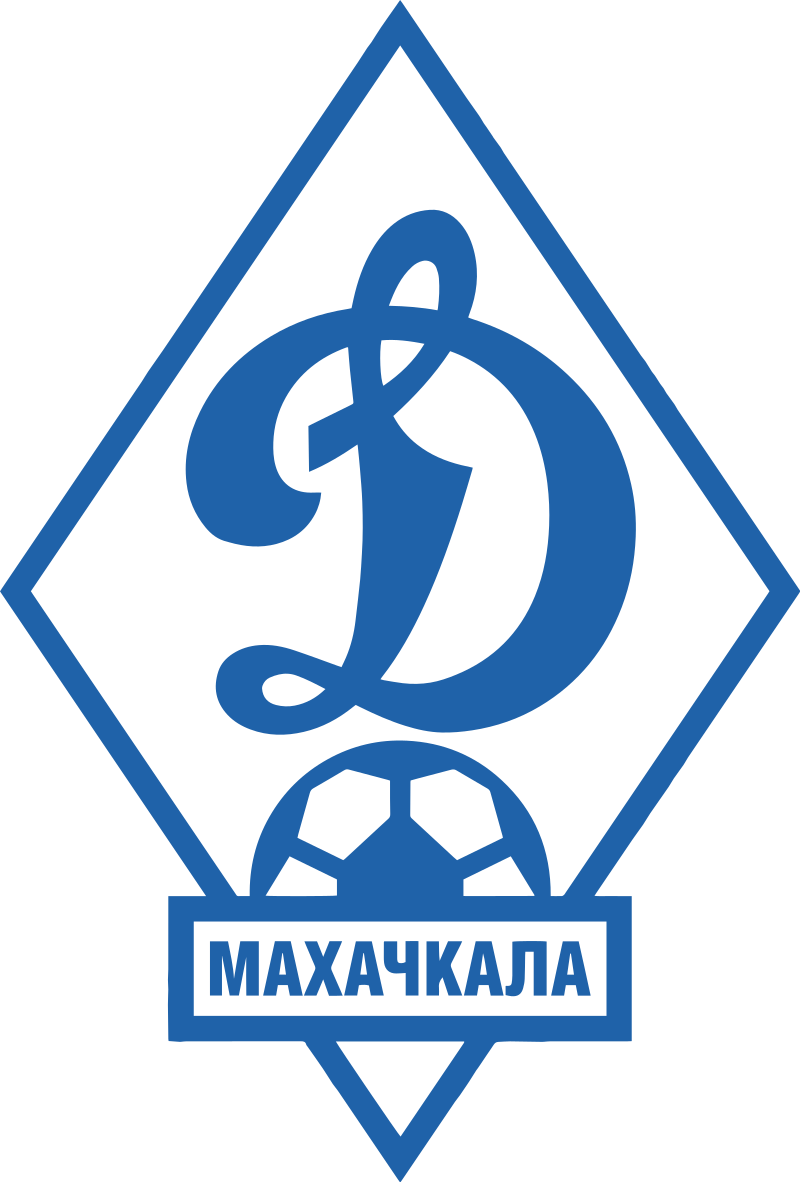
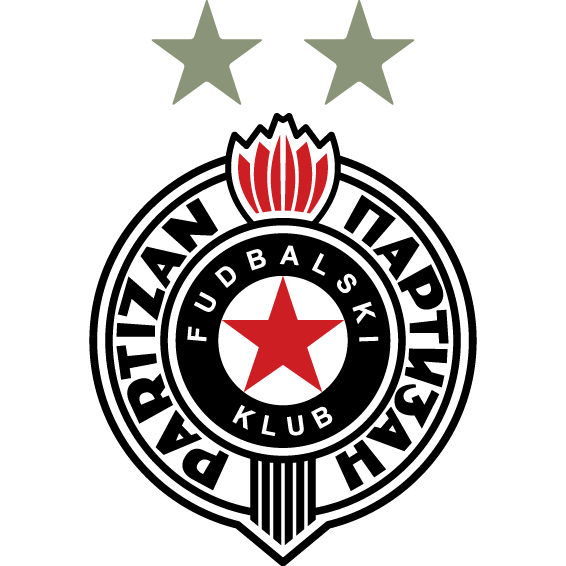



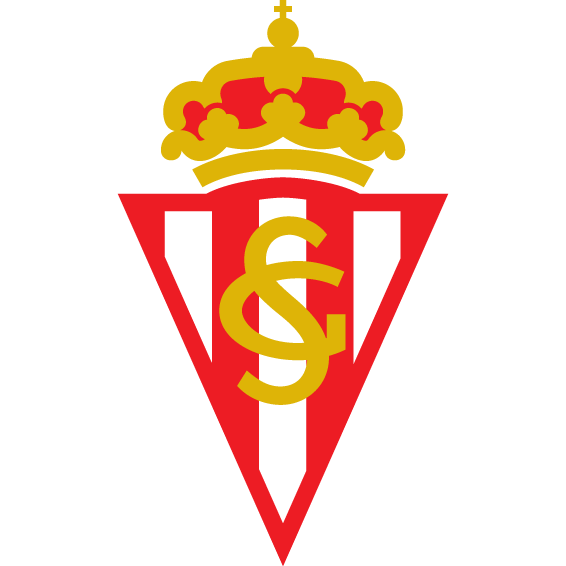
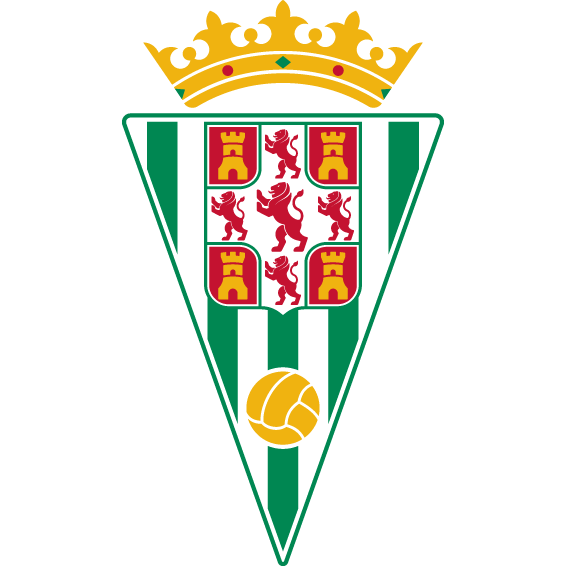








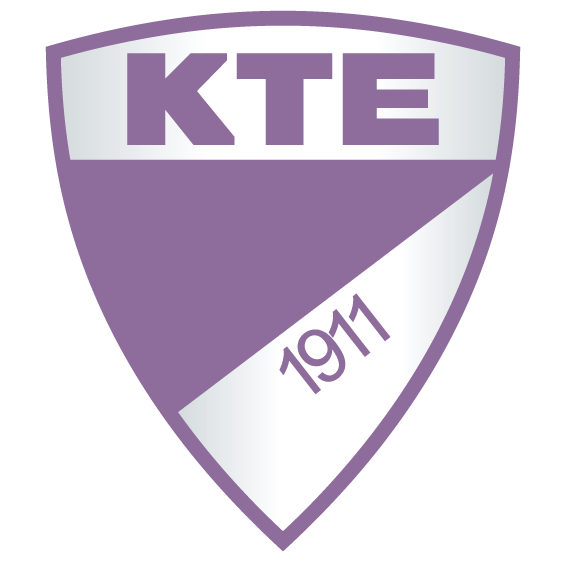

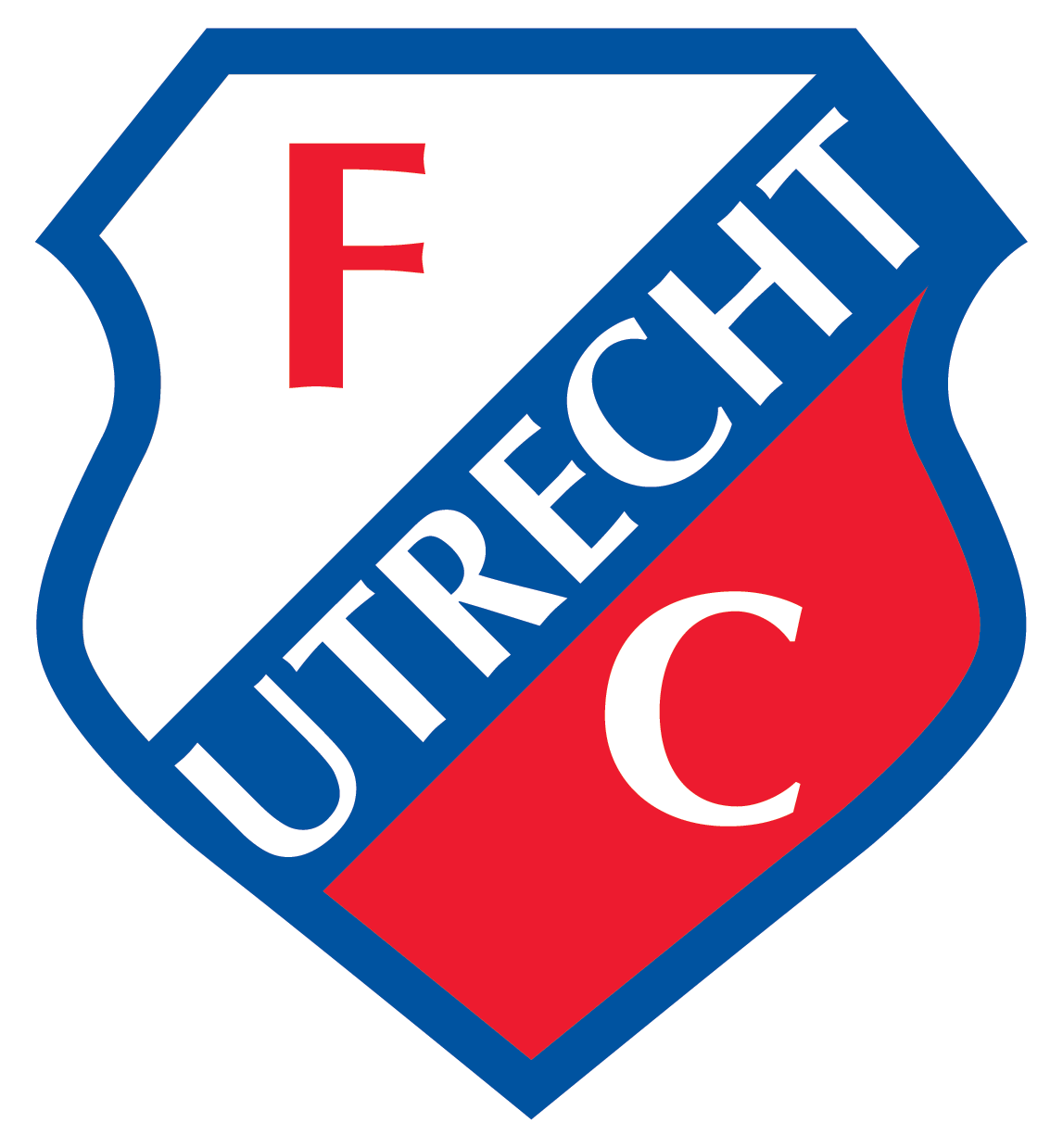





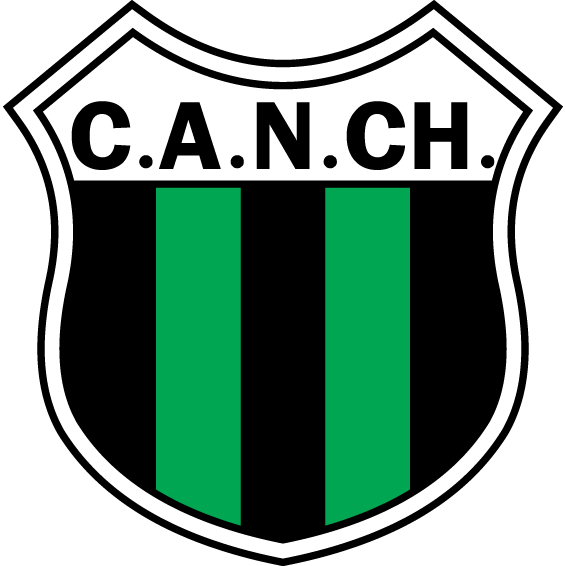
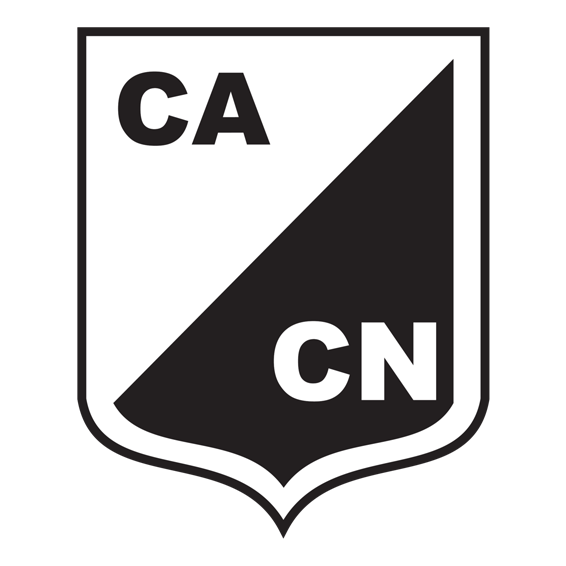





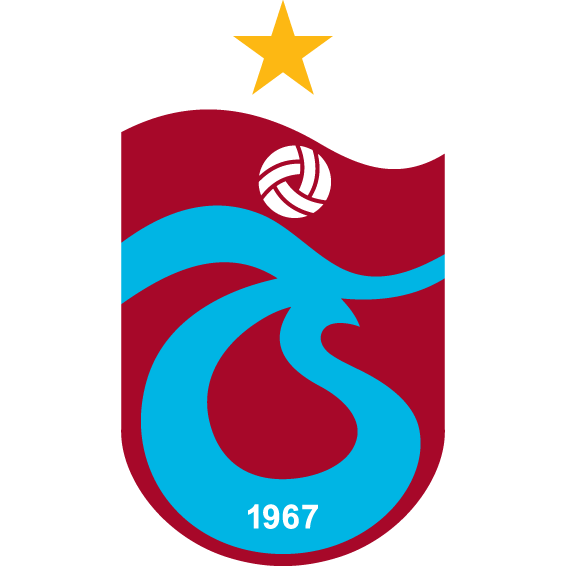



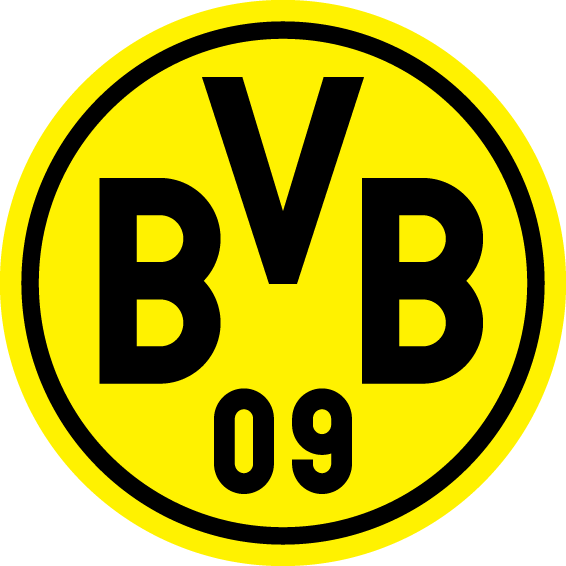


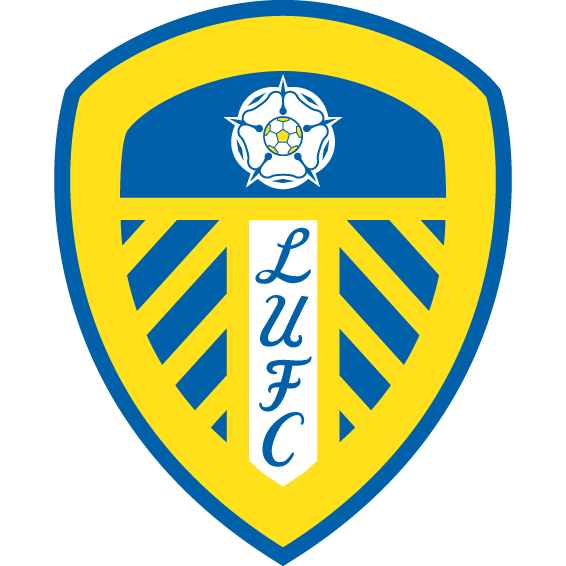
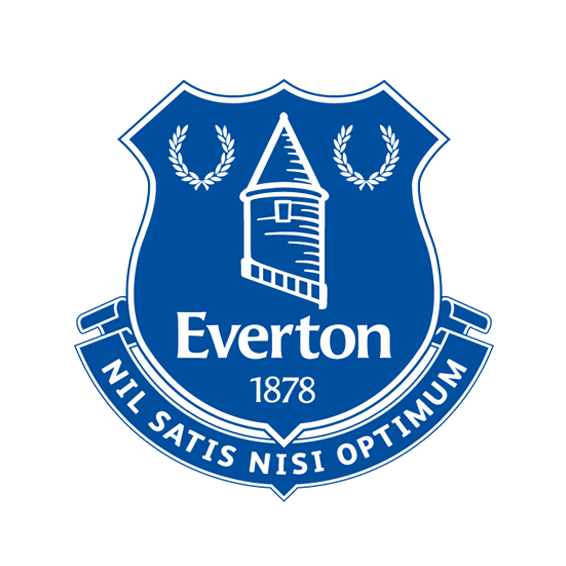

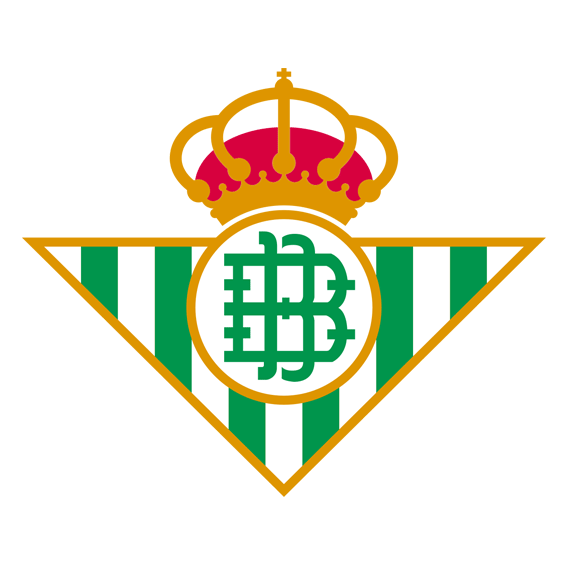


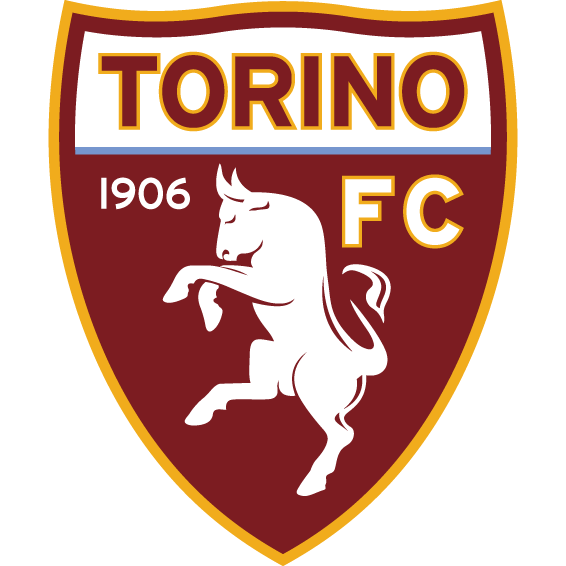
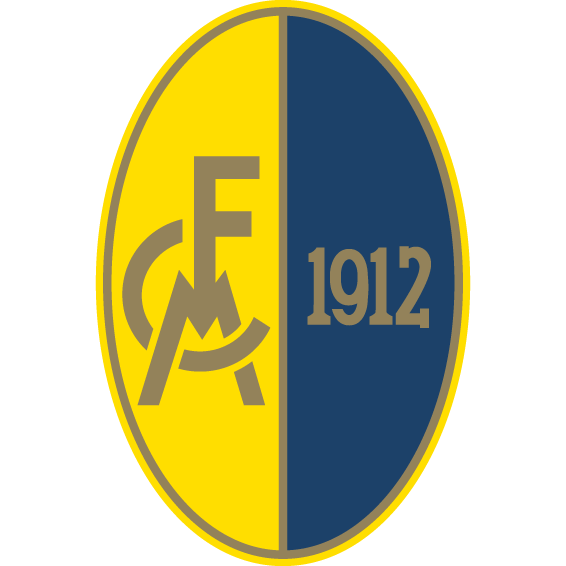

























There are no comments yet. Be the first to comment!